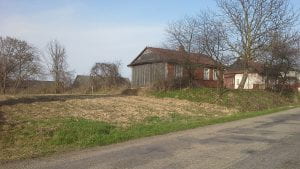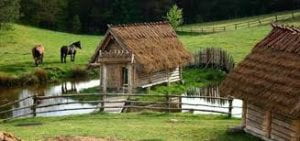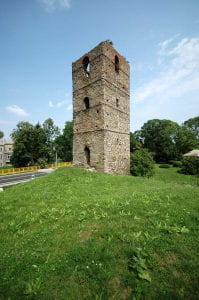
Poland has one the highest rates of rurality in Europe and a long rich tradition of rural settlement studies (Wójcik 2009; 2012). This is primarily understood through historical data and characterized by elaborated forms of mapping settlement spatial arrangements, encompassing villages with different origins and forms as well as exploring the same village at various periods to reveal its development (Liszewski 2003). Current approaches are dominated by two intertwined perspectives: (1) community – the theoretical basis derived from social and socio-spatial concepts which express social structures and processes; (2) material (physical) structure –the theoretical basis derived from the functional and spatial concept (Maik 1993).


In Poland the most common context for excavation and fieldwork in rural communities remains development, but this is sustained and enhanced by a strong latent interest in archaeology in Poland. Most Polish citizens engage with archaeology in some way, such as watching films about archaeology, visiting archaeological landscapes or exhibitions or reading books or magazines about archaeology. 90% perceive archaeological heritage as advantageous for towns and villages and 82% as something that should be supported and developed (Kajda et al. 2017). There are however hardly any opportunities for people to take part in archaeological excavations.
